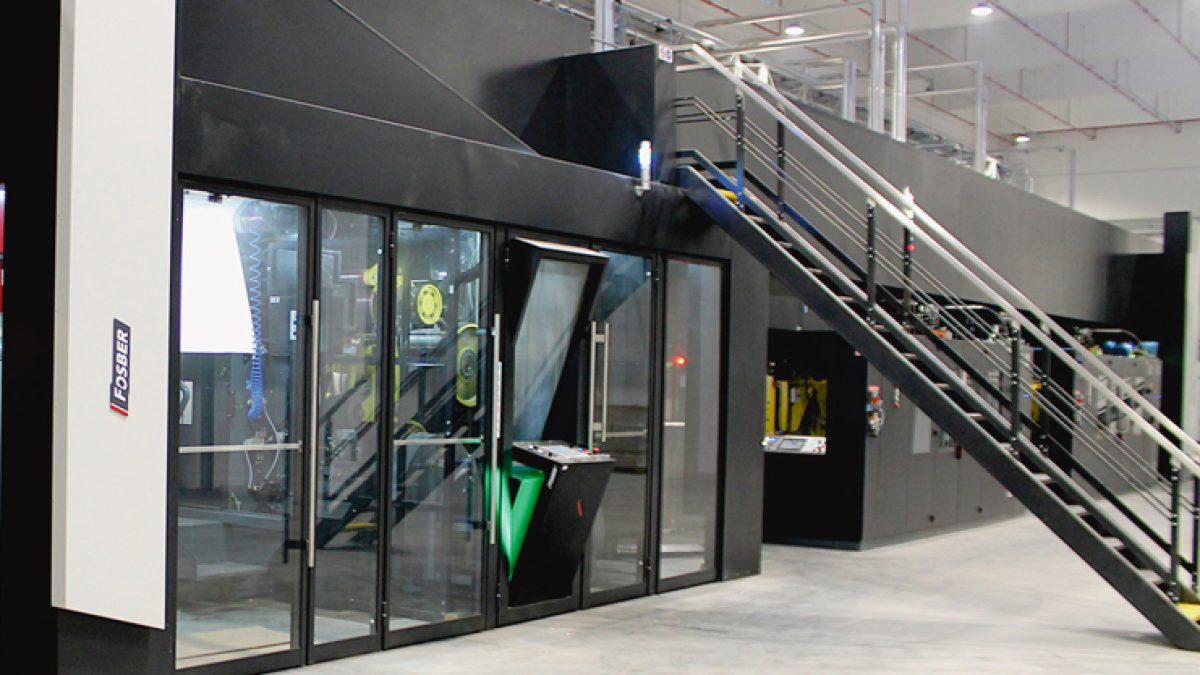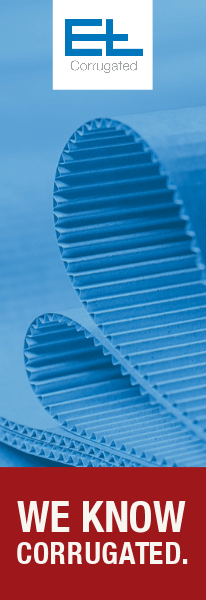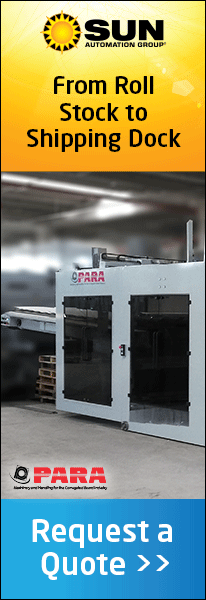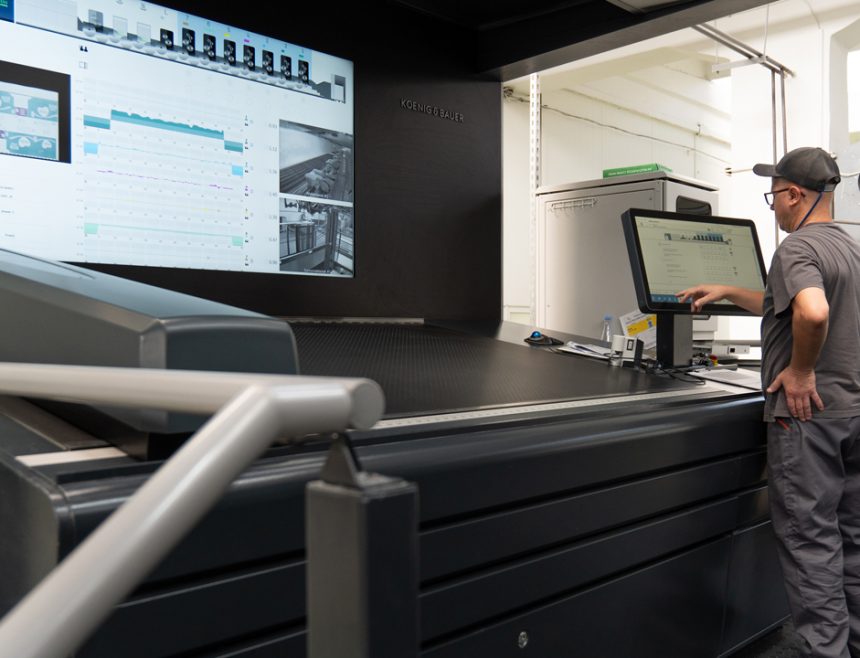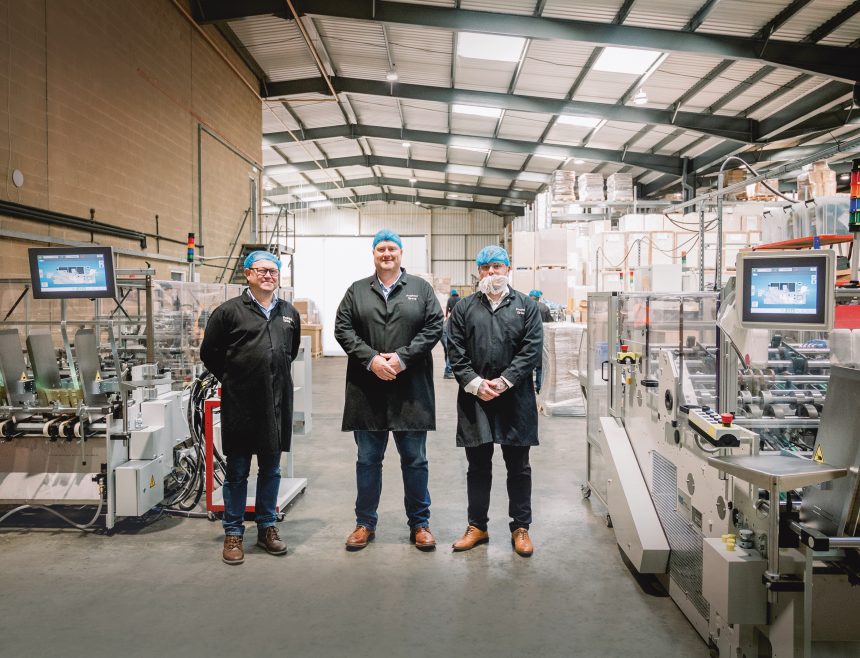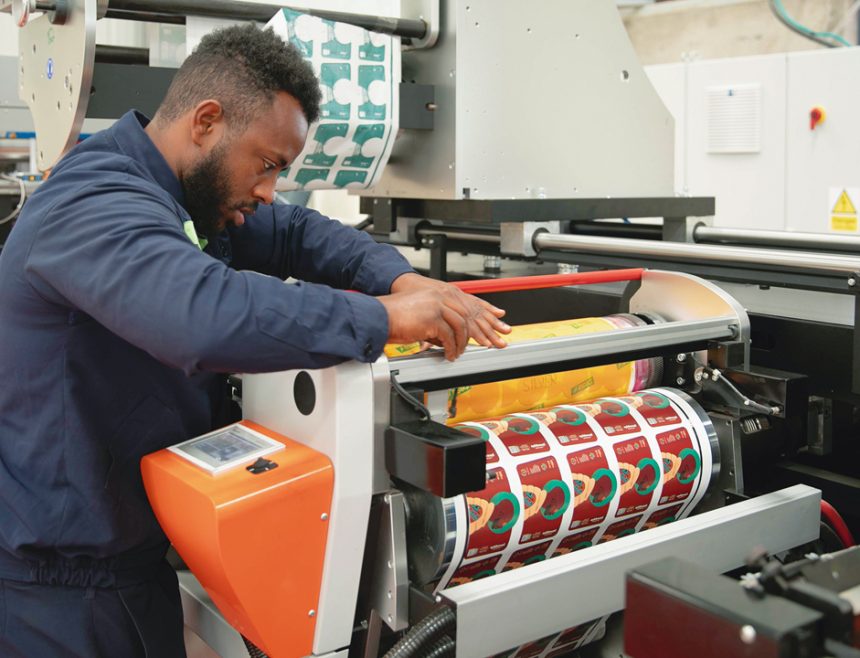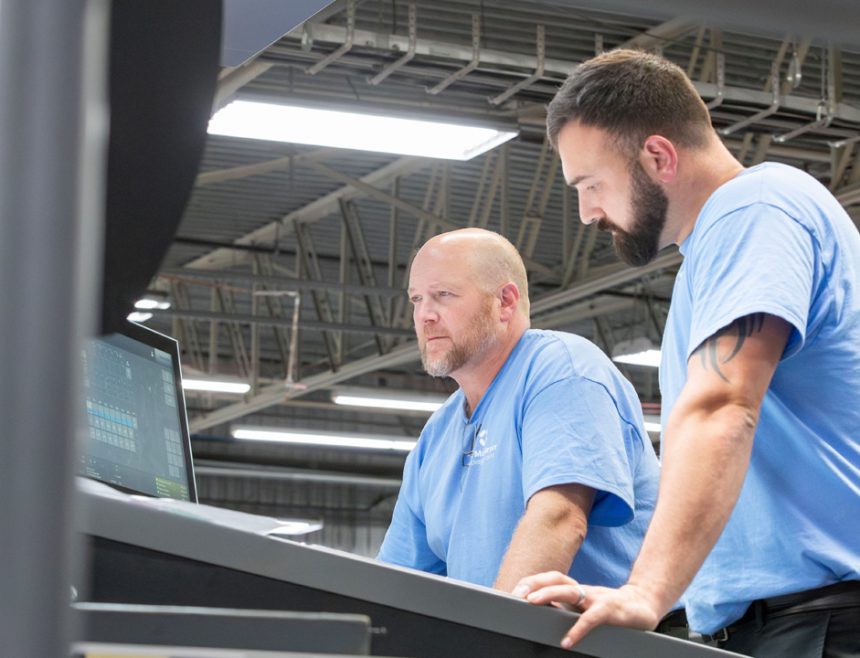After the Second World War, many countries in Europe had to rebuild. Italy was one of them and the re-establishment of industry throughout the country took place over the decades following the war. One of the key industrial sectors in the north-east of the country was the shoe industry – everyone, after all, needed shoes on their feet. With the growth in the shoe industry came the need for suitable packaging and a large number of box companies were established to cater for the demand – including Toppazzini SpA. Founded in 1955 by Antonio Toppazzini, before being handed to his sons Umberto and Bruno, the company started out producing shoe boxes from solidboard and over the following years, grew its market share.
In the early 1960s, the company moved into a new factory, but in 1976, the region was hit by a devastating earthquake that pretty much destroyed the factory. The owners set about rebuilding the facility, but took the opportunity to modernise and add extra space for production equipment and storage of finished goods, adding corrugated board to the product portfolio. Continuing growth during the 1980s saw the company install its first corrugator and three new converting lines. This heralded the company’s rapid acceleration into the supply of corrugated packaging.
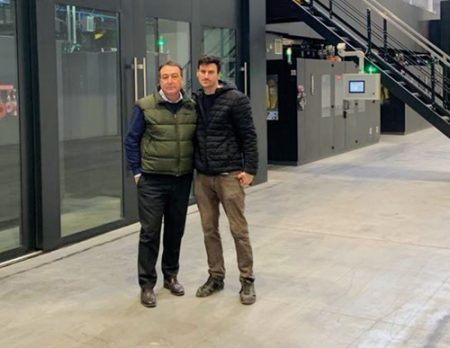
Left to right: Antonio Topazzini, owner, with Besnik Levenishti, Corrugator Supervisor.
Quality Packaging
Based in the small town of San Daniele, about 120km north-east of Venice, Toppazzini has prided itself on the quality of the packaging it produces for a broad range of customers. “It was a little over 10 years ago that the company took a big step forward,” recounts Antonio Toppazzini, Chief Executive Officer and Grandson of the founder. “We had grown steadily up until 2009 when we won some interesting accounts with a multi-national brewing company. At the same time, we started to produce a wide range of corrugated packaging solutions for some major manufacturers of ‘white goods’ and off the back of this, we set about an aggressive investment plan that would see us allocate over €20m to new equipment over the space of 10 years.”
“The investment plan certainly paid for itself, as we then won a significant contract with a leading producer of flat pack furniture and household goods in 2013,” continues Marco Dittaro, Chief Financial Officer. “Taking on such a big account needed more investment from our side, to ensure smooth supply and logistics, so we started to look at ways of expanding our factory to accommodate this new customer.”
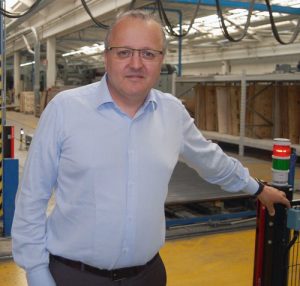
Marco Dittaro, Chief Financial Officer
Growing Facility
Space and equipment – this was the order of the day. The company added some 15,000 sqm of new space, both for new equipment but also storage. With the new converting lines, (which included a Bobst flexo printer with a 2.1 Mastercut flat bed die-cutter and a Bobst rotary die-cutter), came additional production capacity that now adequately filled the Agnati corrugator. However, double-digit growth, year on year, saw the company double its turnover in the space of five years. By 2018, the company was generating €51m in sales, but they had reached the effective production capacity of the existing corrugator.
The company rolled out another significant investment plan that would be implemented over the course of 18 months, starting in mid 2018. A new corrugator with steam system and starch kitchen; 22,000sqm of new buildings, as well as a complete materials handling and finished goods palletising and wrapping system leading to finished goods storage.
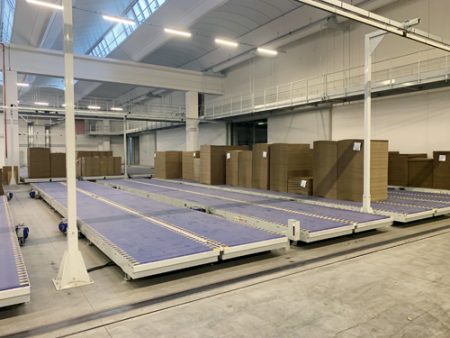
“We wanted to break through the 120m sqm production level and to do that we knew we needed to put in a new corrugator, so we started looking at our options,” explains Toppazzini. “After some deliberation, we opted for a new S/Line corrugator from Fosber.”
The S/Line corrugator at Toppazzini is rated at 420m per min. The line is equipped with five Link M3 reel stand and splicer units and is able to produce a wide range of single and doublewall board. It was installed in December 2019.
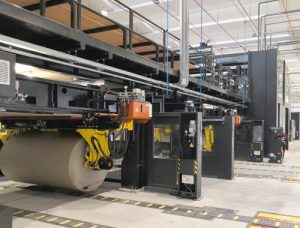
“With this new machine, we have taken the next step forward as it is a fully automated line that is future-proofed for our business needs,” explains Dittaro. “Our operators moved across from the previous corrugator to the new Fosber line and within the space of week, were already producing good quality board. Transitioning to a fully automated, latest technology machine gives us huge potential for continued growth. Knowing that the latest communication protocols, online learning tools and preventative maintenance tools are at our disposal made for an easy decision to go with Fosber.”
“Even though the machine only started up in December, we have started to see some good feedback from the converting department,” adds Toppazzini. “The operators have confirmed that the throughput on the converting lines is gradually increasing, thanks to the quality of board being run.”
As well as the corrugator and associated steam system and starch kitchen, the company also allocated significant funds to a sophisticated materials handling system throughout the plant. The Emmepi Group was tasked with delivering a complete system, from corrugator take-off through to the finished goods area. A huge WIP area was installed, utilising the latest plastic chain conveyors and automatic shuttle cars. Completed loads of converted product are then sent to a centralised pallet-inserter and strapping and wrapping line, prior to storage and shipping. Intricate plant software from Emmepi Group then integrates the plant MIS and each of the converting lines – and interestingly, the company chose to install one dedicated strapper per out-feed to ensure there was no bottle-neck in the finished goods area.
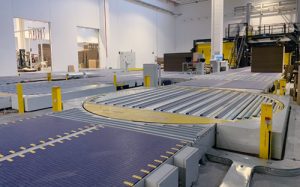
Investment Continues
“We are already seeing a big lift in output,” confirms Toppazzini. “But we are not sitting still, we are already looking at plans for 2021 and beyond. We expect to enhance the infrastructure of the outside of the plant, particularly as we are rather short on space for vehicles – when my father built the new plant after the earthquake, a site for 50 employees was established – today we have 150 people, so we need to improve facilities for our people.”

“We continue to enhance the site and in January, we started to implement a heat recovery system to help warm the facility using heat from the equipment,” explains Dittaro. “We are also about to install over 400kw of solar panels and continue to invest in waste recovery inside the plant and a waste water treatment plant. The sustainability of corrugated packaging has to be mirrored by the sustainability of our own business and by putting these additional systems in place allows us to continually reduce our own carbon footprint.”
“Adding the Fosber has been a significant move for us,” concludes Toppazzini. “We have a very good relationship with the Fosber team and together, we will see our business grow over the coming years, all to the benefit of our expanding customer base. We are proud of what we achieve, but at all times, we keep the health of the environment at the front of our mind. Corrugated is the most sustainable packaging type and we will continue to help our customers move away from plastics and other packaging types in favour of corrugated.”

